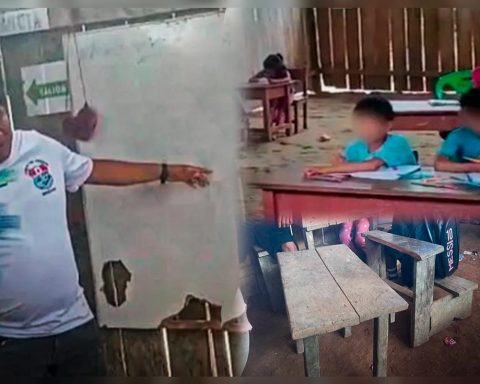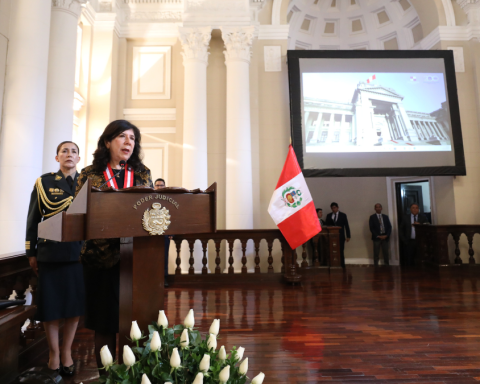Last Monday the vaccination against the COVID-19 to children between 5 and 11 years old in order to safeguard their health, but also with a view to back to school face-to-face since March.
Although the return to the classroom is close, the economic expectations for the campaign, which is expected to start strongly from the beginning of February, are not as favorable as in years prior to the pandemic.
Oscar Quiñones, head of the Institute for Research and Development of Foreign Trade of the Lima Chamber of Commerce (CCL), explained that between January and August 2019, more than 225 million units of tools were imported. However, in a similar period of 2021, the figure was only 72 million.
“It has not yet recovered in terms of units of what was imported before the health crisis,” he explained.
He indicated that, since until recently it was not really clear what the return to the classroom would be like, uncertainty was generated among businesses that offer products related to this sector.
To this is added, he detailed, the problems generated in the logistics chain that exist throughout the world. “It’s not just the containers, it’s also the closed ports, the ships that don’t arrive at their destination on time,” he added.
credits
Those preparing for the school campaign are the municipal and rural savings banks. The president of the Federation of Municipal Savings and Credit Banks, Fernando Ruiz-Caro, commented that this campaign will begin in February, in which the majority of loans are made for the uniform, shoe and slipper businesses.
“We understand that for this year there will be a level of caution when applying for a loan that we hope will be corrected in 2023,” he added.
For his part, the chairman of the Caja Sullana board of directors, Joel Siancas, commented that for this opportunity they expect to disburse more than in 2021.
“Our placement strictly for this campaign, which we believe will last until April or May, will be S/50 million (more than S/20 million last year). If we add to those S / 50 million other credits that are granted in the months that the school campaign lasts, it would be a disbursement of more or less S / 400 million, “he said.
He added that “we do not expect there to be a ‘boom’ in loans, but we do trust that as schoolchildren join face-to-face classes, businesses will request more resources.”
He indicated that, in addition to the companies that make uniforms and manufacture footwear, others that request more loans are those that carry out school transportation and “even the restaurants that are around the schools and the kiosks that are inside them.”
DATA:
According to the Lima Chamber of Commerce, between January and August 2020, US$694,635 in pencils were imported, and in the 2021 period the amount increased by around 80%. However, in quantity a drop of 71% was observed.
The representative of the union, Oscar Quiñones, explained to this newspaper that, on average, one of the largest suppliers of school supplies in Peru is China.














